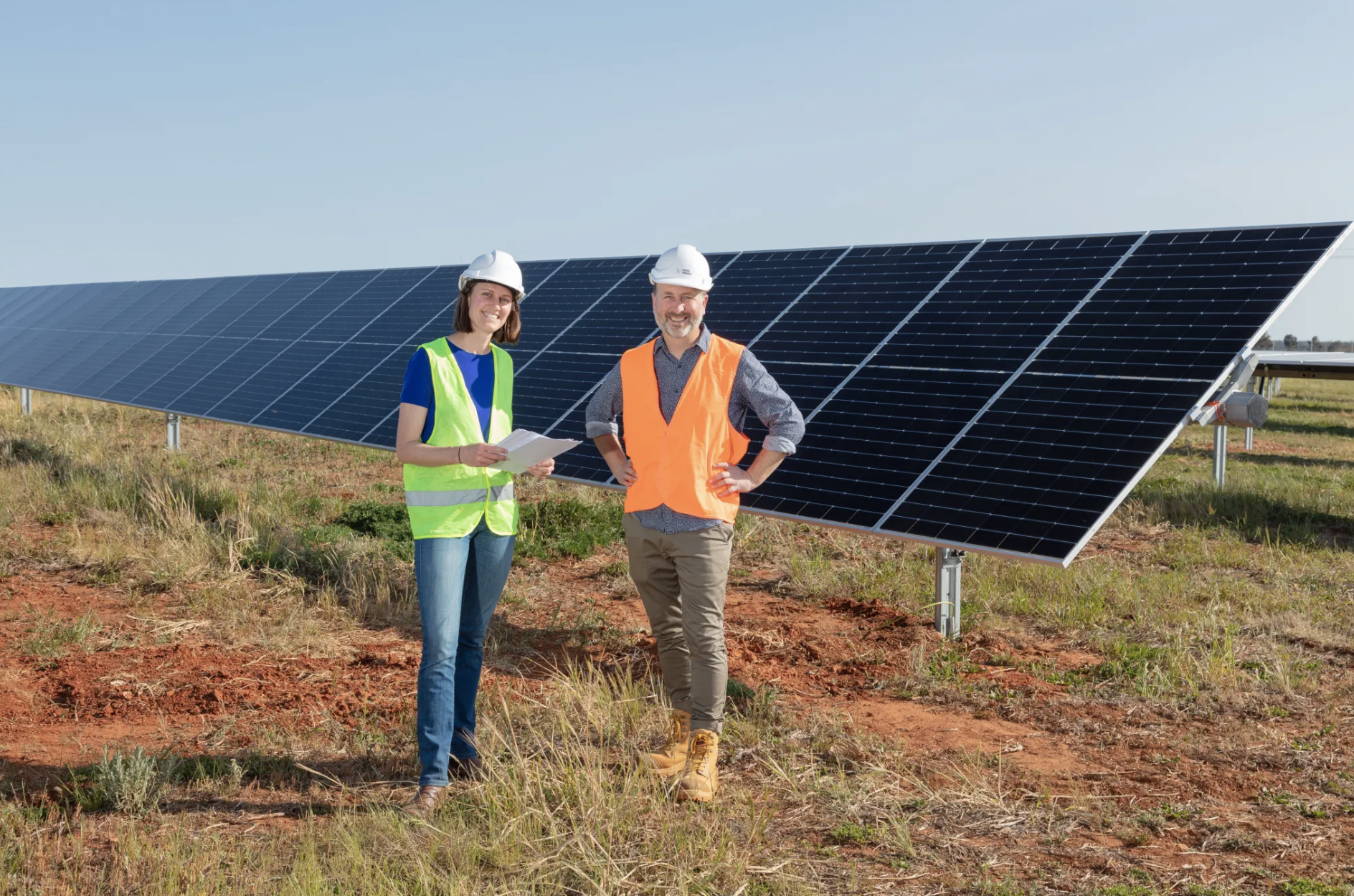This week, the Federal and NSW Governments announced a joint allocation of $176 million for energy saving upgrades in social housing properties and $30 million for solar banks (aka solar gardens) – a program designed to improve solar access for low-income renters and apartment residents. This announcement is a welcome commitment to enhance the energy efficiency of some of the least energy-efficient homes in the country but also marks the launch of the Albanese government’s Solar Banks program.
Announced as a pre-election commitment by Labor in 2021, the solar banks program strives to extend the benefits of solar power to households previously “locked out” of the market, whether due to economic constraints or logistical challenges. The ‘solar bank’ or ‘solar garden’ concept enables everyone to buy or lease a plot in an off-site solar array regardless of where they live. The electricity generated from their plot is sold into the grid, and participants receive credits on their electricity bills through a partnership with an energy retailer.
The solar banks model is particularly critical for the 30% of Australians who rent or live in apartments and are excluded from installing rooftop solar. The NSW Government anticipates over 10,000 households will benefit from the Solar Banks program, potentially saving them up to $600 annually on their electricity bills.
Community Power Agency welcomes this announcement, after advocating for this program for over 5 years and most notably, pioneering the first solar banks initiative in Australia – Haystacks Solar Garden, alongside project partners Komo Energy and Pingala. The Haystacks Solar Garden in the New South Wales Riverina provides a positive example of what could be to come in the rollout of the solar banks program.
Kristy Walters, Director of Community Power Agency said,
“community energy projects, such as solar gardens, play a critical role in the transition to renewable energy, not only in terms of megawatt capacity but also in creating social inclusivity, fostering social licence, and stimulating meaningful regional economic development.”
“It’s wonderful to see State and Federal Governments recognise the barriers to solar access that thousands of Australians face – these programs allow everyone to benefit from solar.”
